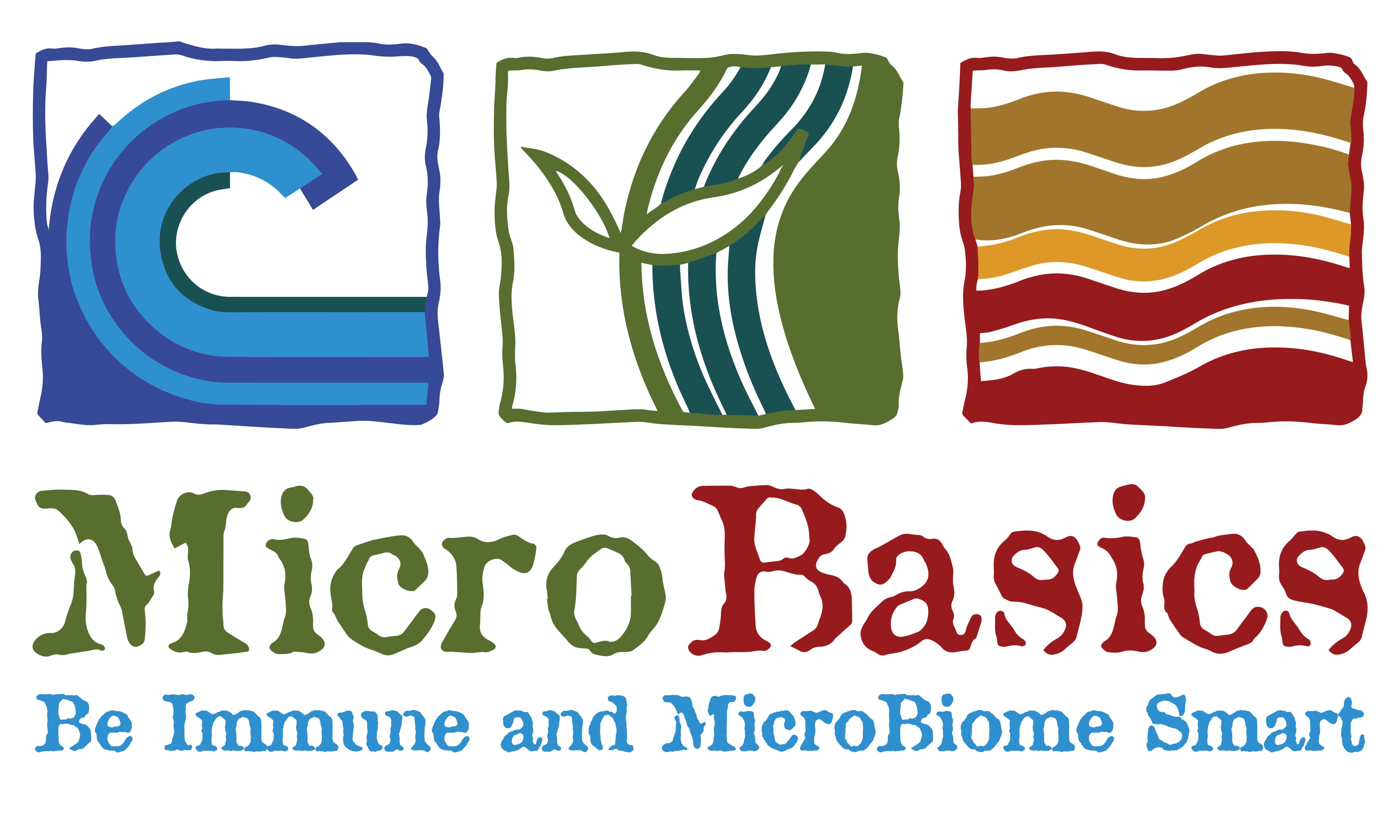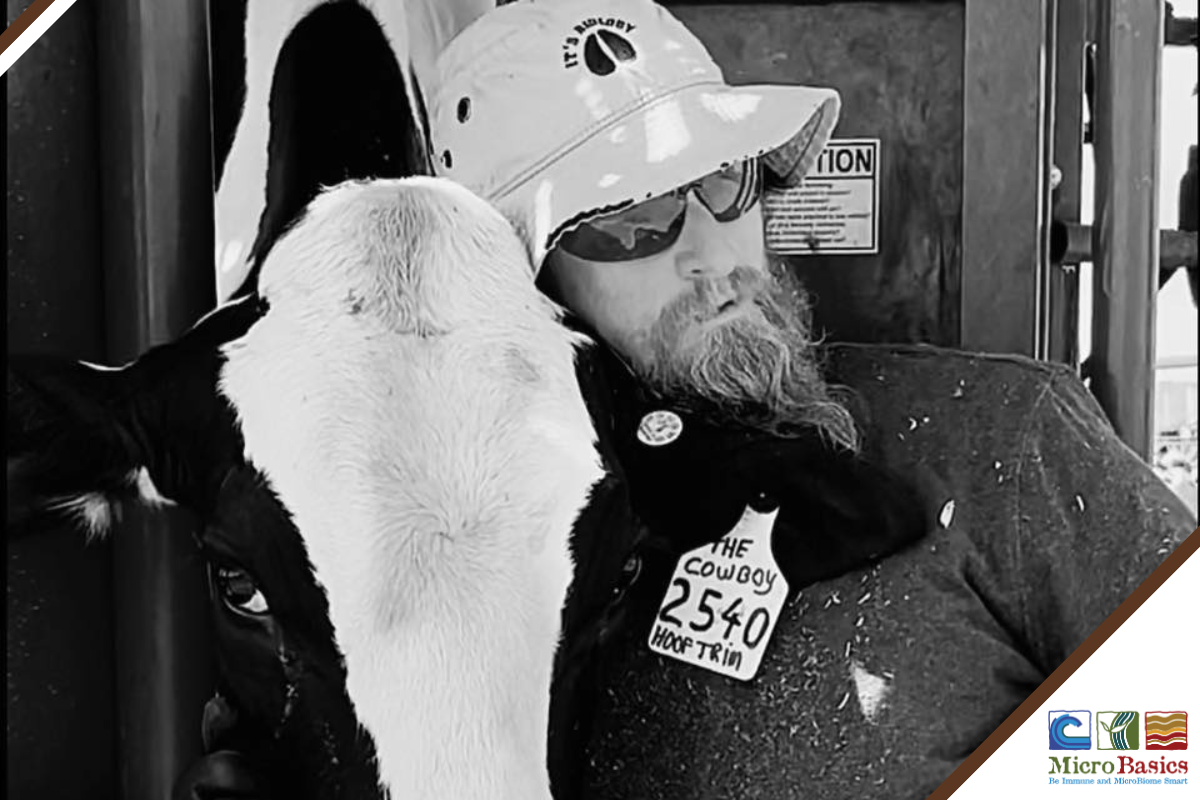Jeremy Wood did not grow up around agriculture. His dad worked in a bank, his mother was a schoolteacher, and they lived in a small town in northern Utah. However, he always loved animals and the farming element of life. Which made pursuing a career in hoof trimming a great fit.
Jeremy is very passionate about life, biology, and ecology. He is all hoof, but when he is not trimming hooves, he enjoys creating and caring for his yard at home.
Q: What was it like first getting into hoof trimming?
A: “It was a really slow process. Farmers are very particular about who is doing the hoof trimming on their farm because there is a lot of risk involved.
Ultimately, we are just pedicurists. We are cleaning the hooves up a little to create a base where the cow is most comfortable and we treat any lame cows. If the trimming is done wrong, it will cost the farm a tremendous amount of money. It’s tough for a young person to enter the business because of the risk involved”, says Jeremy.
“Right out of high school I joined the National Guard. My platoon sergeant’s neighbor was a hoof trimmer looking for an apprentice. He trained me and I got my start working for him.
Once I was trained, I moved to Idaho and partnered with an older hoof trimmer from Rupert. I worked with him for 3-4 years and then we eventually split up, each taking half of the clientele. During that time farms were growing very quickly, the timing was perfect, and I was able to get very busy quite quickly as people liked the job I did.”
Q: What is one reason you are so passionate about hoof trimming?
A: “The hoof is uncharted territory; we don’t know a ton about it and there are lots of opportunities for us to improve. I spend a lot of time researching and networking with other hoof trimmers about what we are doing and how we can do it better.”
Q: What are the basics of hoof care?
A: “With hoof care, what we are ultimately doing is creating comfort. The vast majority of cows are moving a lot walking to and from the milking barn. As the hooves grow, they wear at the same time. Depending on the structure of the cow, as the hooves wear, she may start to ball up in the middle or flange out on the sides. As those hooves change and grow, she becomes less comfortable.
What we want to do as hoof trimmer’s is to restructure that hoof so that the integrity of that hoof is strong and when the cow puts weight on that hoof, she is comfortable.”
Q: What is the most common hoof problem that you see? How do you treat it and prevent it from happening again in the future?
A: “I started trimming hooves in the late 90’s and the dairy industry was dramatically different back then. Our diets, management, and facilities were different. Majority of farms were smaller with older free stalls. Cows were getting bigger genetically, and so the comfort level was low.
Late 90’s early 2000’s we had new diseases appearing in the hooves. We started getting digital dermatitis/hairy heel warts that went rampant. Back in those days I would be wrapping feet about 50 out of 70 or 80 cows. It was an infectious disease that came out of nowhere from the environment. That was the biggest problem back then.
Shortly after that, we got into a progressive stage of dairy farming where the industry was growing, and we started pushing cows for production. We started pushing high concentrate diets and we created metabolic disease. Ulcers, abscesses, and white line disease, the hooves a lot of times would just slough off and blow out.
As the industry does, we learned and adapted, we backed the concentrates down in the ration, and we changed and added how we were doing other things. Majority of hoof problems have been fixed with foot baths, ration adjustments, and improving cow comfort. I would say today in our arena of hoof care, comfort is the biggest limiting factor.
There are so many different opinions on the correct way to trim a cow. The truth is we really don’t know, the cows can’t tell us, they have to take what they get, we can watch them move and we can assume if they look comfortable, but we don’t actually know how it feels to them.
When it comes to the biggest problem nowadays, the misunderstanding and lack of knowledge of what cows really need is our biggest limiting factor.”
Q: Why should farmers prioritize hoof health?
A: “The hooves are one of the last things to get taken care of both nutritionally and financially. But it’s the first thing that is sacrificed to take care of anything else that is going on in the cow. I think the arena we are in, and the new things that will be challenging the industry, will all have an impact on hoof health.”
Q: How is gut health connected to hoof health?
A: “I think that gut health has flown the gamete in hoof health. During that time when we had a lot of sole ulcers and abscesses, we fed a lot of starch, a lot of corn, and a lot of readily available protein. As that problem got fixed, we kind of took the focus away from nutrition as being the culprit to hoof problems. Honestly, I don’t think it was as much nutrition as it was overall metabolic performance and gut health of the animal.
Whether it is acidosis, leaky gut, insulin dysregulation, there are so many things going on in the animals, when the animal is compromised she takes care of what keeps her alive first, the heart, the lungs, muscle mass, her baby, milk production, she takes care of those things and whatever is left over goes to the feet.
The more incidences the animal has with metabolic stress, not necessarily from nutrition, those stress events trigger different components of her metabolic system. We still need to work on managing stress in our dairy herds. I don’t think there is enough we can do to mediate the effects of stress on the gut.”
Q: What kind of clues can the hooves give us about the metabolic health of the animal?
A: “The hooves are the window to what is going on in the animal. One of the biggest clues is discoloration or hemorrhaging. One of the biggest disservices the hoof trimming industry has given to the dairy industry is to refer to that hemorrhaging as bruising. It’s not from the impact of stepping on rock or hitting their hoof, that hemorrhaging is showing us that somewhere inside the animal there was a challenge, which resulted in burst arteries in the hoof. My opinion is, if we created a hemorrhage in the hoof, did we create a hemorrhage in the lungs, or the ovaries, or the follicles, uterus, or the mammary tissue? If that hemorrhage is not from impact, it is from a disturbance from within the digestive tract, and we have a big opportunity to improve that animals’ health.
I go around with a lot of different hoof trimmers, and when I ask if they see any hemorrhaging, they always say no not really. But when I work with them for a minute there is always 30-50% of the cows we trim that have some level of hemorrhaging going on. Which shows what type of problem inflammation is inside of our diary cattle.”
Q: What impact does hemorrhaging have on cow comfort?
A: “Hemorrhaging is not causing the cow to be visibly lame, however if I take a group of cows and sort them, those that walk the fastest and the strongest have the best hoof structure and integrity and they are the most comfortable. Cows with hemorrhaging will not be as fast on their feet and are more likely to be overgrown or have other hoof problems.
There is a big difference from cow to cow and from dairy to dairy on the integrity of the hoof. Hooves can get soft and rubbery, the more inflammation the redder color, the softer they are the faster they grow, the more deformed they grow. Really providing those elements that will create that structure from the inside is paramount.”
Q: How often should hooves be trimmed?
A: “When I started trimming cows in the 90’s, most guys were just trimming cows during the dry period, so once per year. As we started down the path of feeding more concentrate and higher mineral levels to push for more production, they started growing hooves faster and we moved to twice per year.
I think today in our arena, you can correlate it with milk production. Back when we were trimming once per year, cows were giving 55-65 lbs. of milk, and hooves didn’t grow real fast. We move into the early 2000’s and they are up in the 75-90 lbs. of milk range, growing hoof faster, and getting trimmed twice per year. Today a lot of herds are giving over 100 lbs. of milk, and I think trimming three times per year would be a good target to try and achieve. However, there are some cows that honestly need trimmed every 2-3 months due to poor leg structure.
I don’t think you can put a general base line of how many times per year cows need to be trimmed. It needs to be determined on a herd-by-herd basis. Housing environment, diet, and genetics all play roles in determining how often cows need to be trimmed. Good rule of thumb is if they don’t look completely comfortable on their hooves, they need to be trimmed more often.
When you look at the return on investment of the cost of hoof trimming, you could trim them every 2 months and it would pay for itself. There is no cost associated with hoof trimming compared to the return.”
Thank you, Jeremy, for sharing your passion for hooves with us! If you would like to learn more from Jeremy, follow “The Hoof Cowboy” on Facebook, LinkedIn, and Instagram!
Written by: Mariah Gull, M.S.

